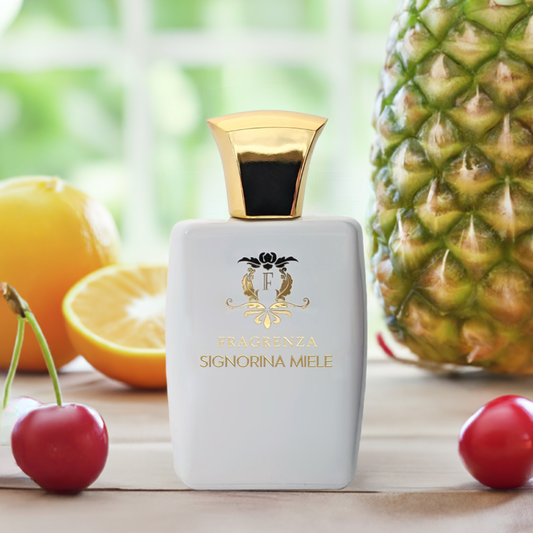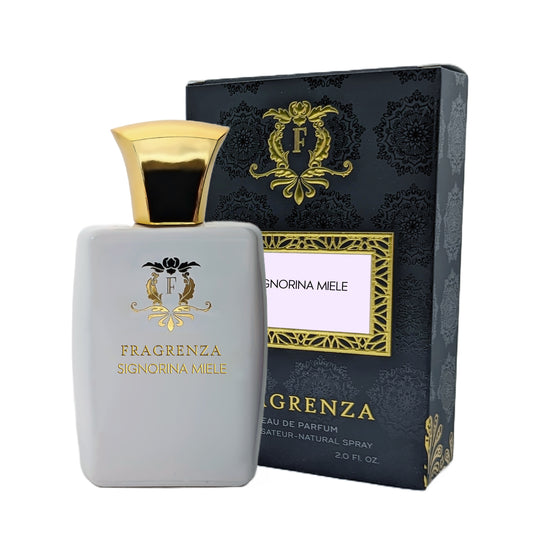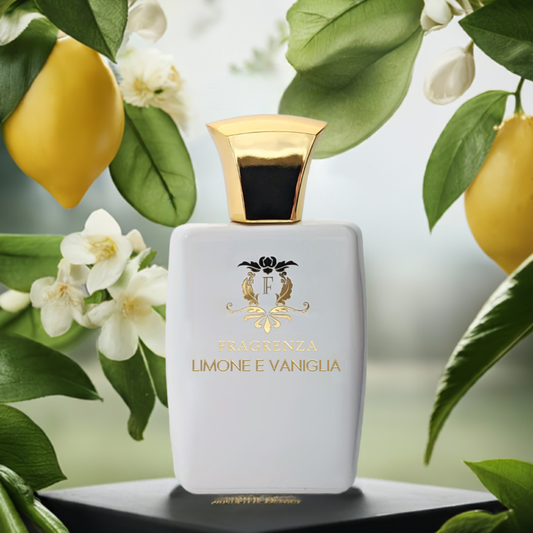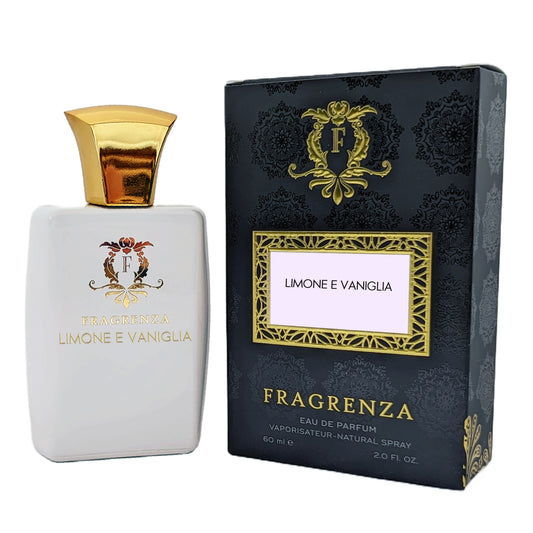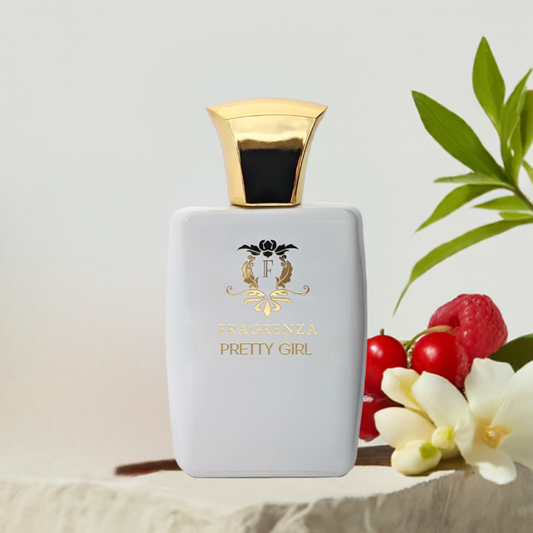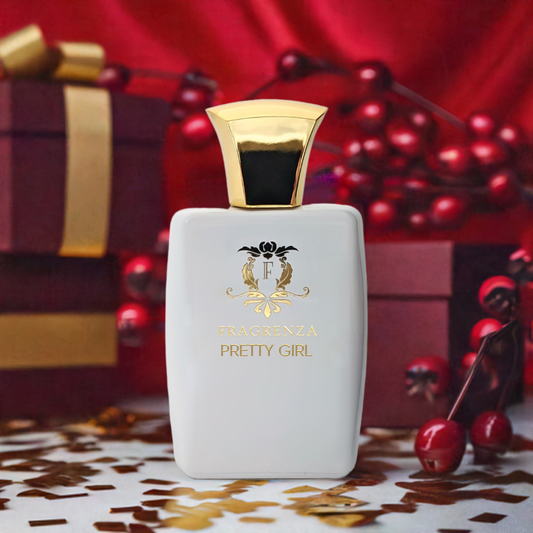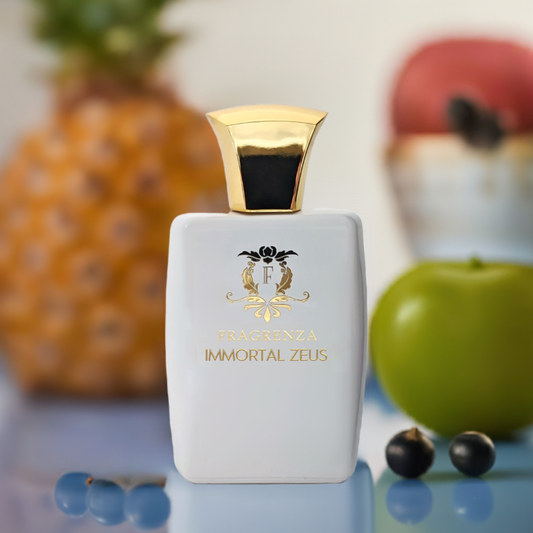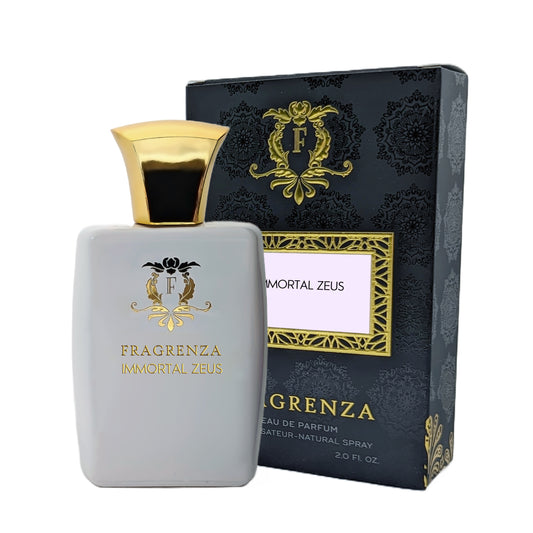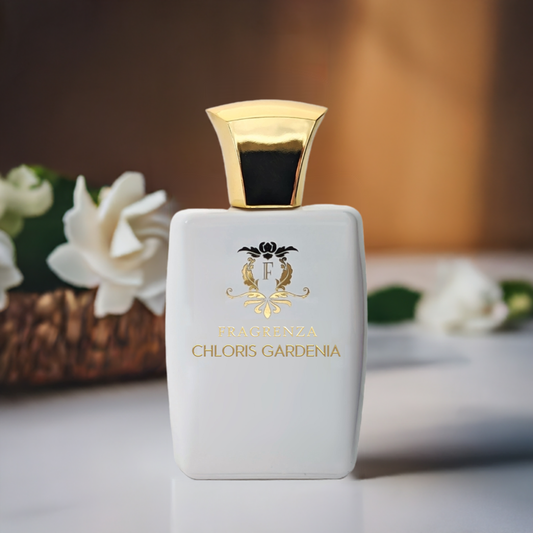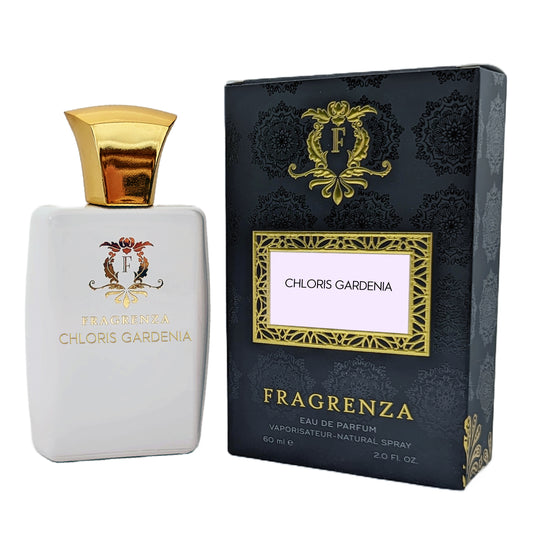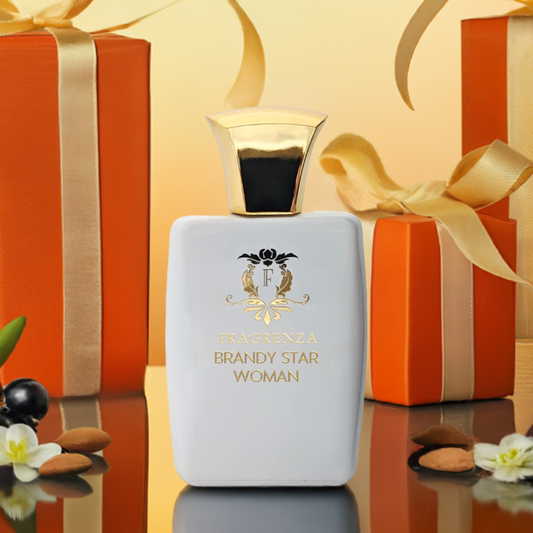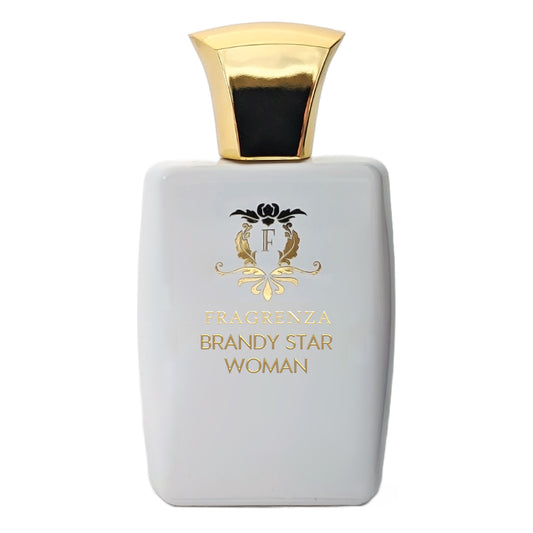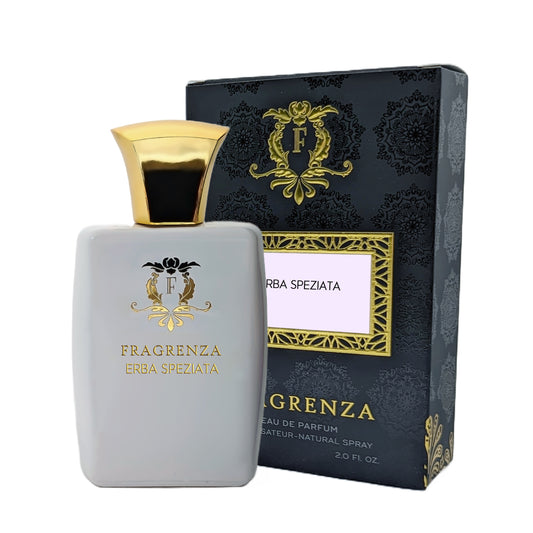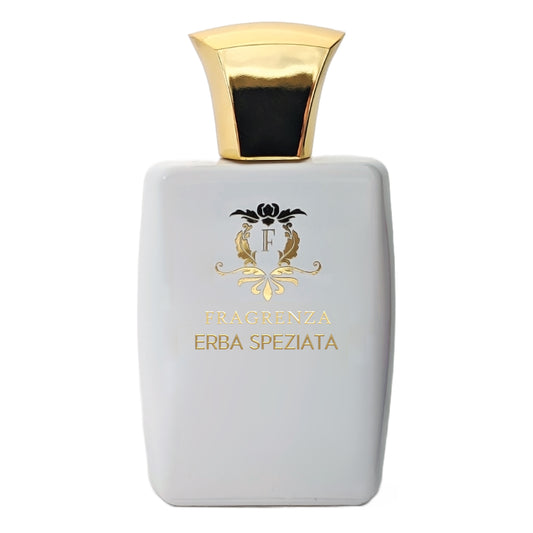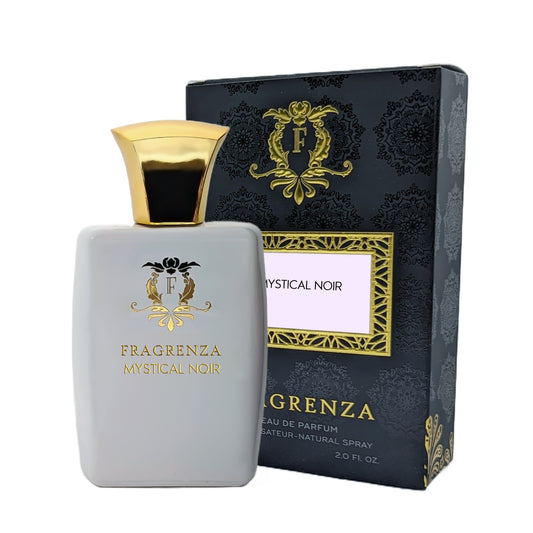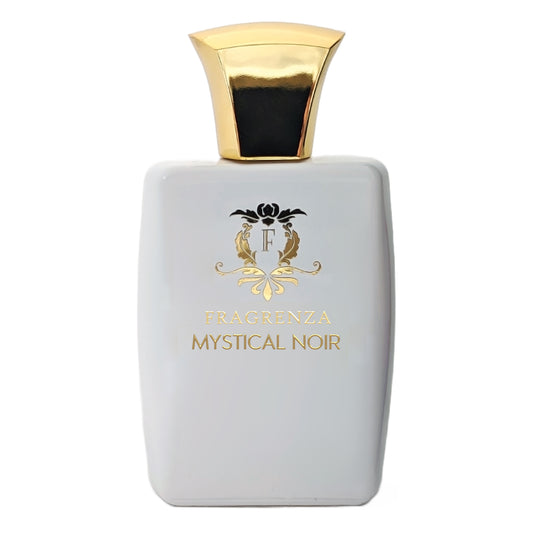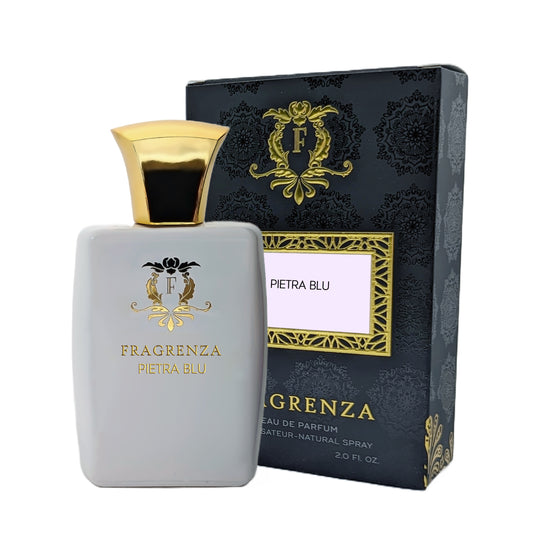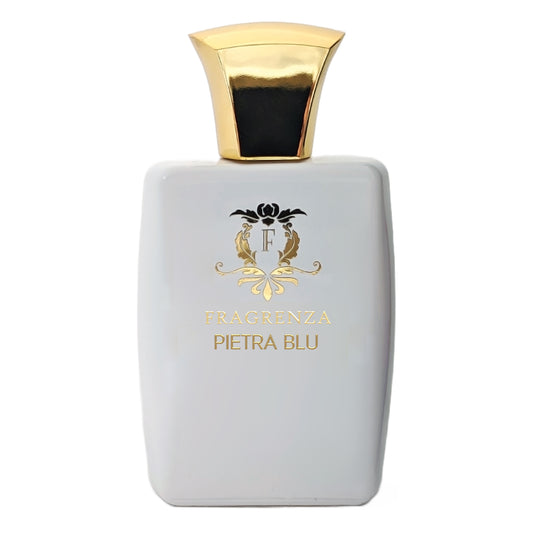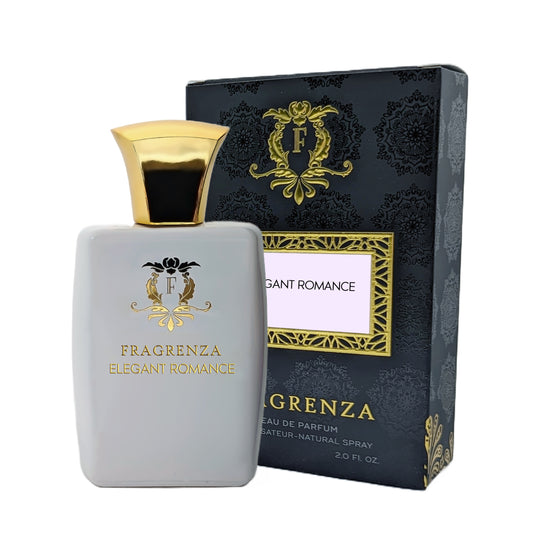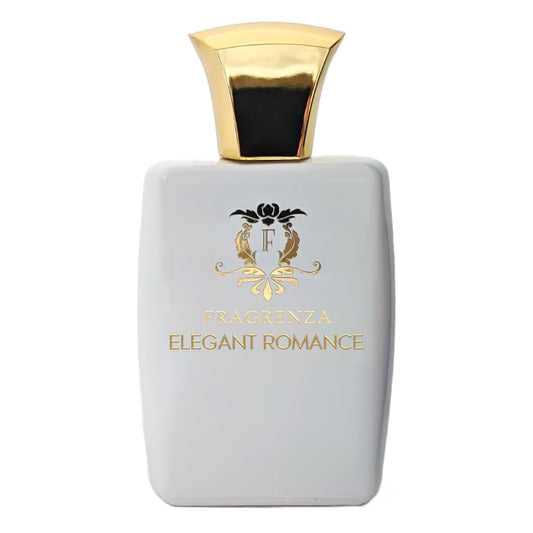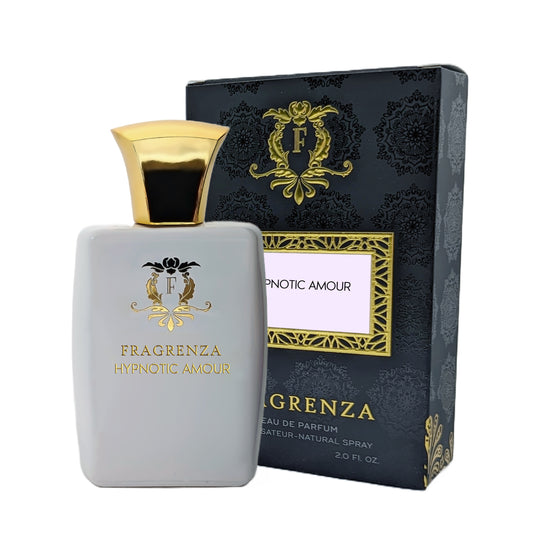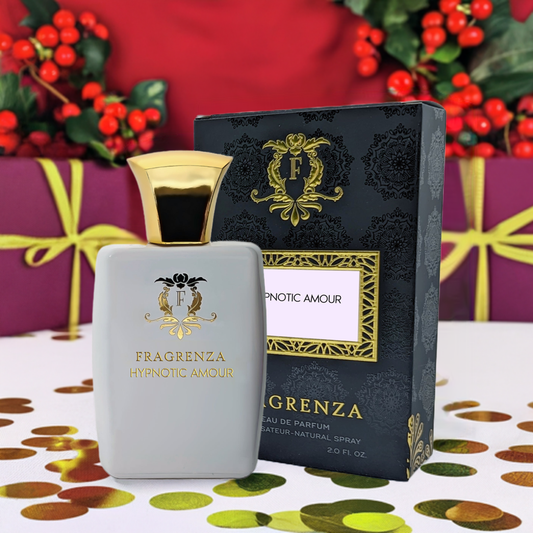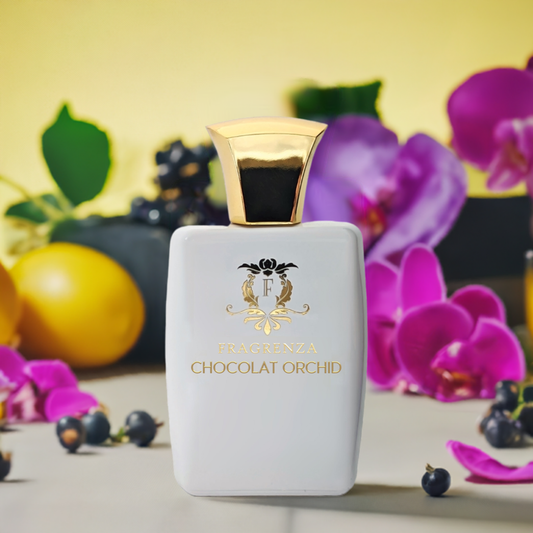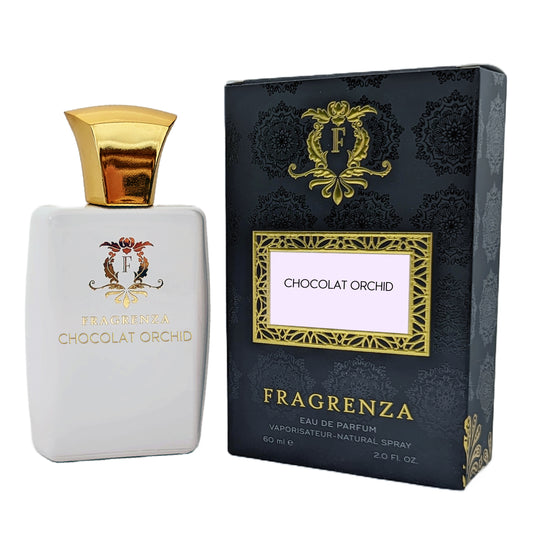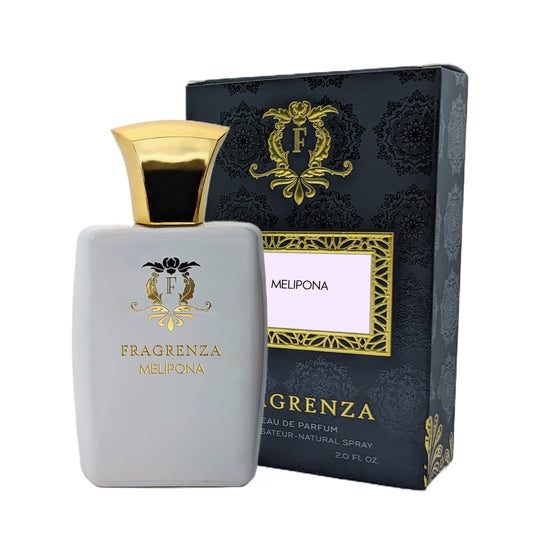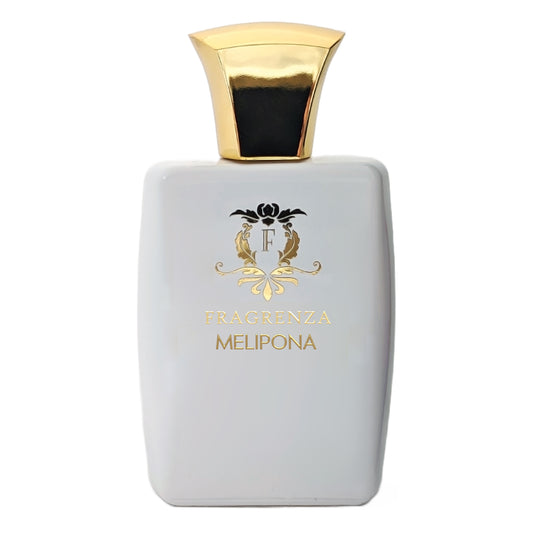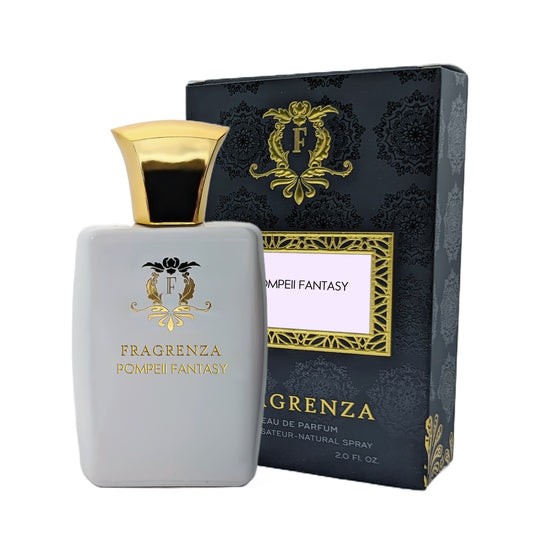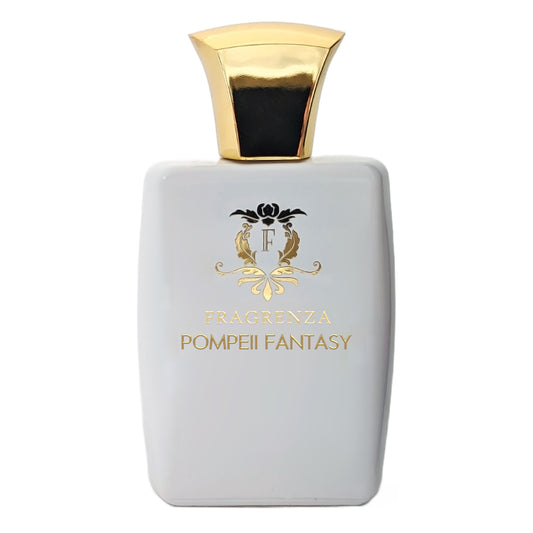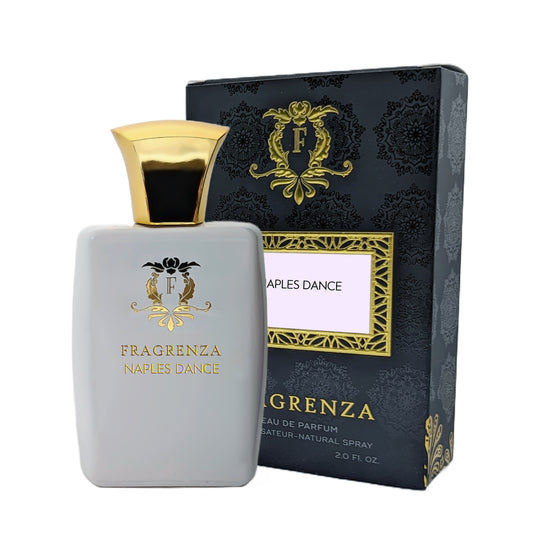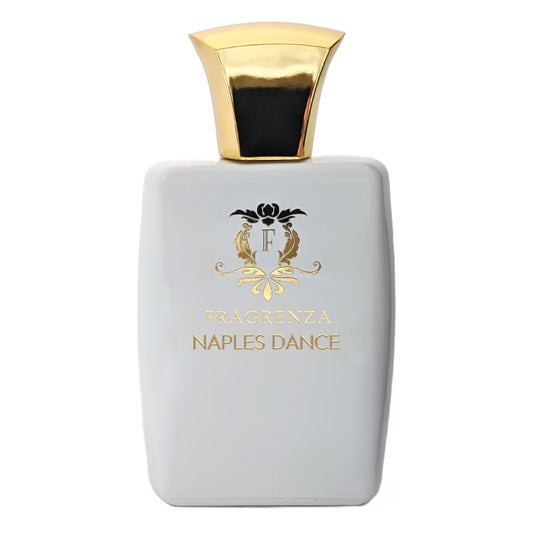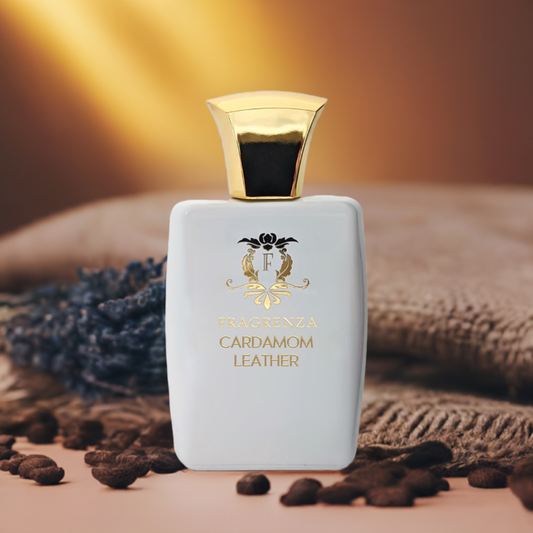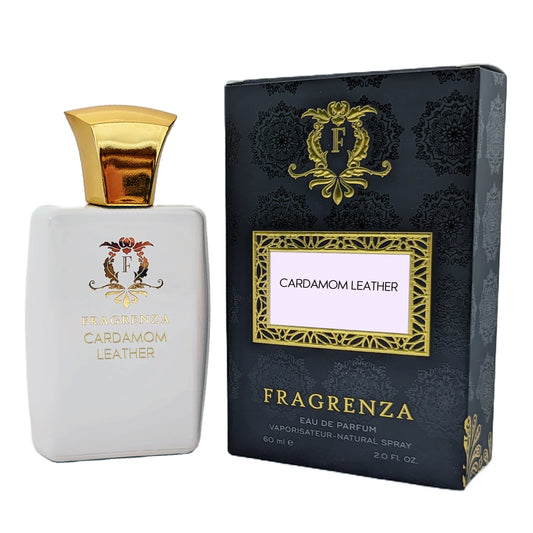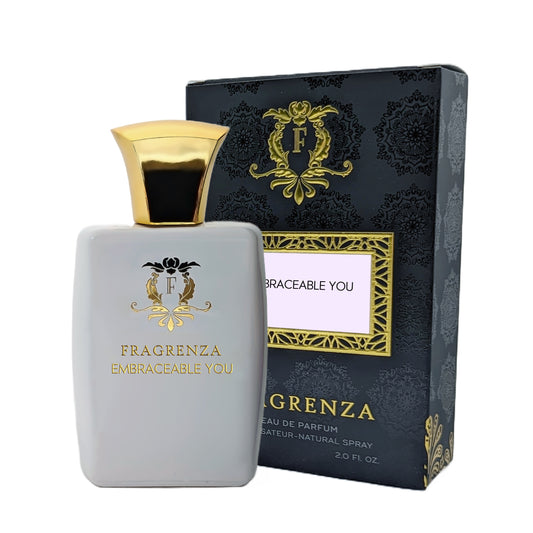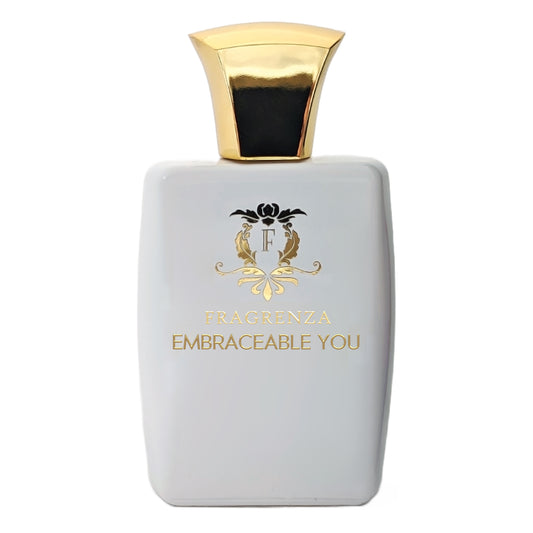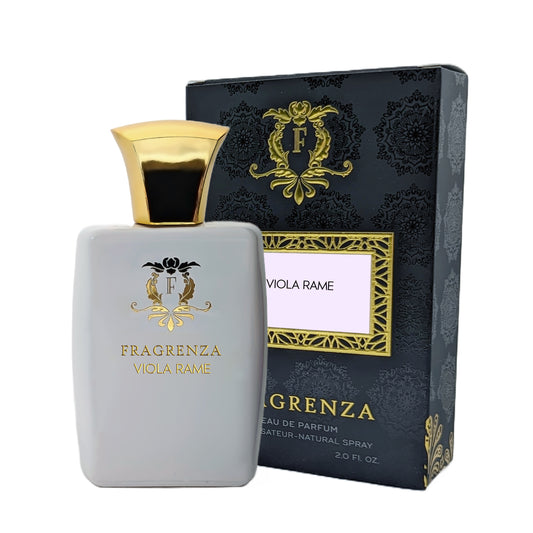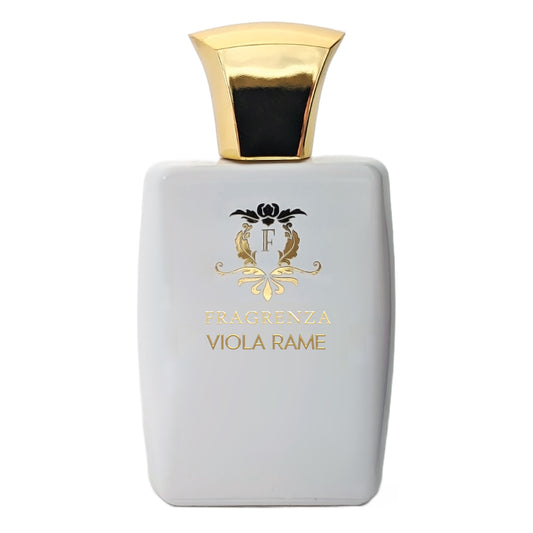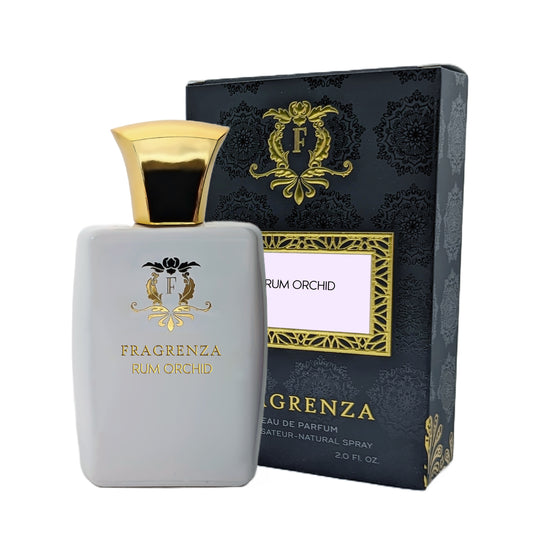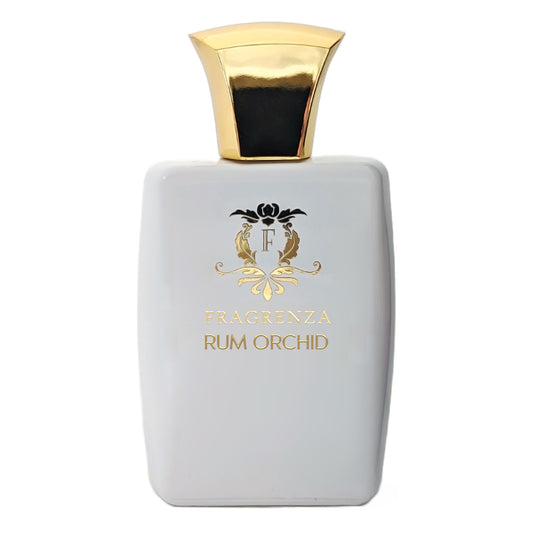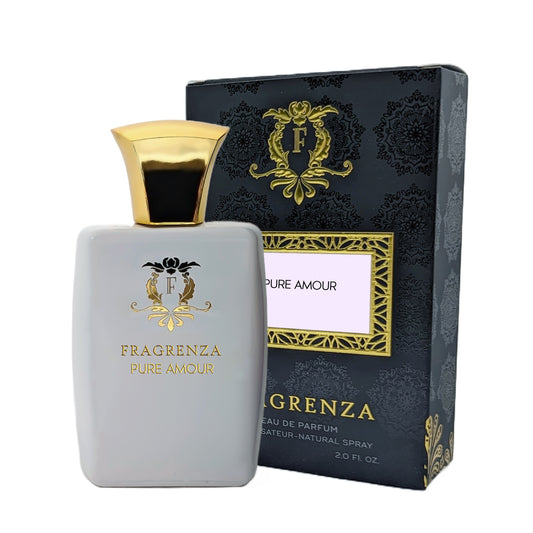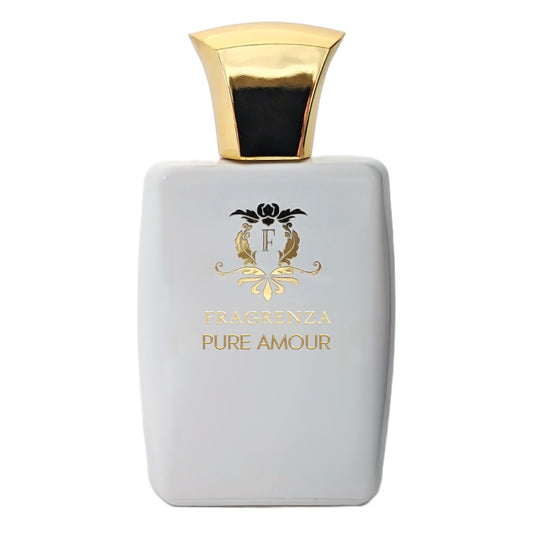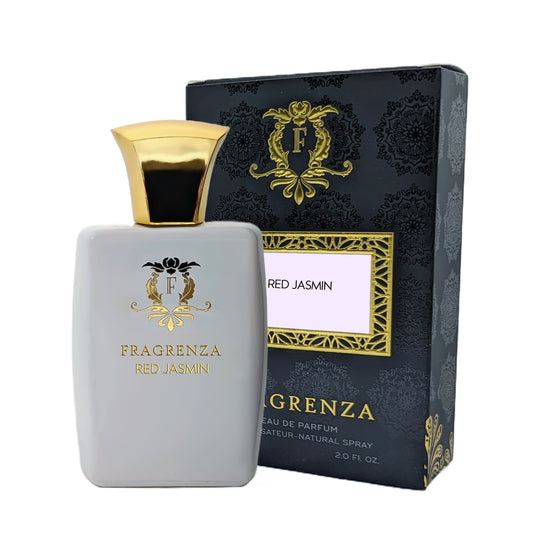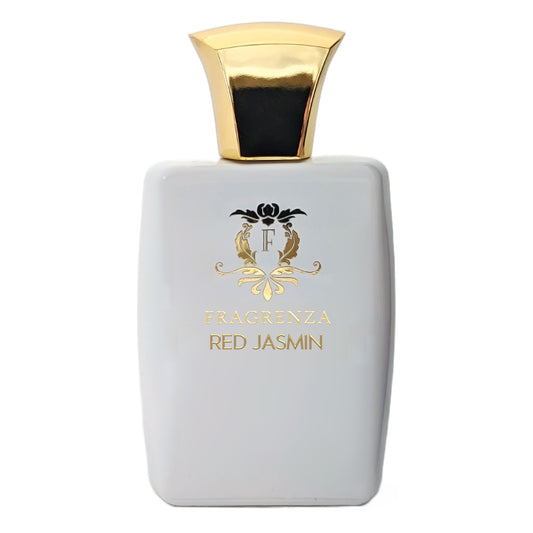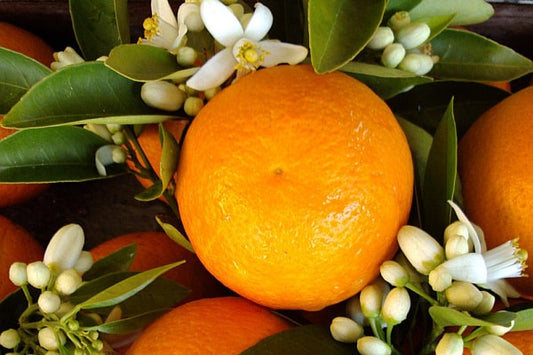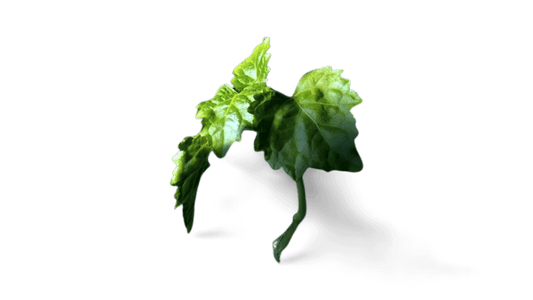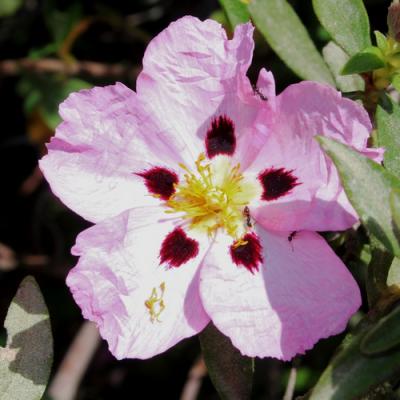- Signorina Miele Miss Dior Chérie by DiorVendor:Inspired by Dior Miss Dior Chérie dupeRegular price From $9.99Regular priceUnit price per
$69.99Sale price From $9.99Sale - Limone e Vaniglia Lira by XerjoffVendor:Inspired by Xerjoff Lira cloneRegular price From $9.99Regular priceUnit price per
$69.99Sale price From $9.99Sale - Pretty Girl Good Girl Suprême by Carolina HerreraVendor:Inspired by Carolina Herrera Good Girl Suprême dupeRegular price From $9.99Regular priceUnit price per
$59.99Sale price From $9.99Sale - Immortal Zeus Aventus by CreedVendor:Inspired by Creed Aventus cloneRegular price From $9.99Regular priceUnit price per
$69.99Sale price From $9.99Sale - Chloris Gardenia Flora Gorgeous Gardenia by GucciVendor:Inspired by Gucci Flora Gorgeous Gardenia dossierRegular price From $9.99Regular priceUnit price per
$62.99Sale price From $9.99Sale - Brandy Star Woman Sunshine Woman by AmouageVendor:Inspired by Amouage Sunshine Woman dupeRegular price From $9.99Regular priceUnit price per
$69.99Sale price From $9.99Sale - Erba Speziata Layton by Parfums de MarlyVendor:Inspired by Parfums de Marly Layton cloneRegular price From $9.99Regular priceUnit price per
$69.99Sale price From $9.99Sale -
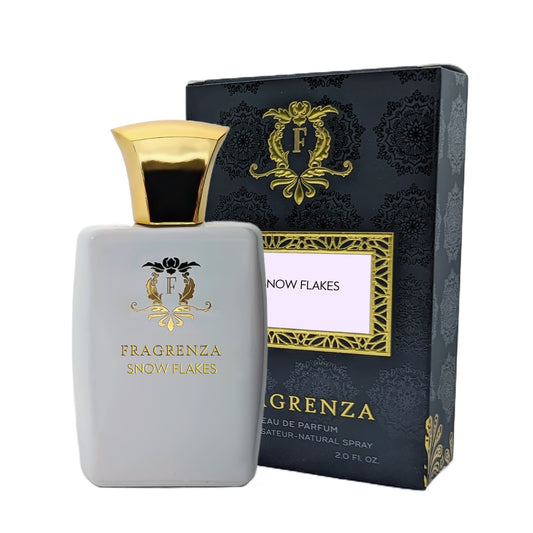
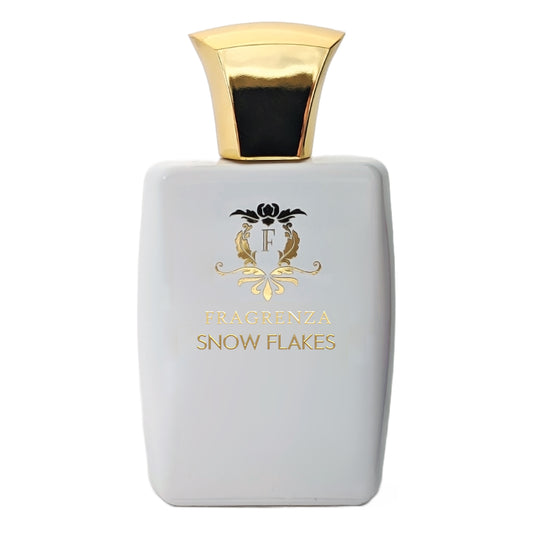 SaleSnow Flakes Snow Flakes by Fragrenza TwistVendor:Regular price From $9.99Regular priceUnit price per
SaleSnow Flakes Snow Flakes by Fragrenza TwistVendor:Regular price From $9.99Regular priceUnit price per$69.99Sale price From $9.99Sale - Mystical Noir Noir pour Femme by Tom FordVendor:Inspired by Tom Ford Noir pour Femme cloneRegular price From $9.99Regular priceUnit price per
- Pietra Blu Armani Privé - Bleu Lazuli by Giorgio ArmaniVendor:Regular price From $9.99Regular priceUnit price per
-
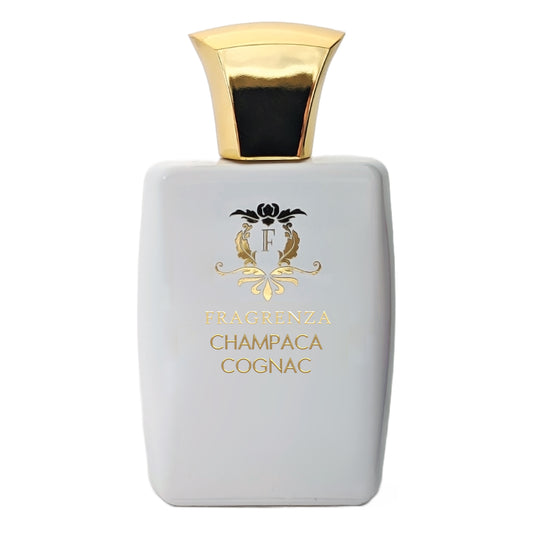
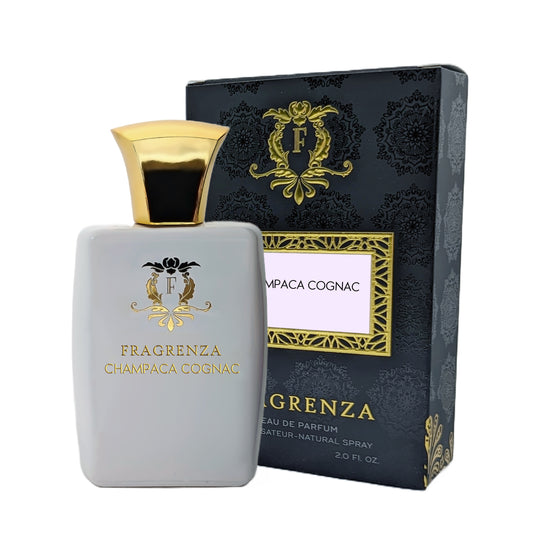 Sold outChampaca Cognac Champaca Absolute by Tom FordVendor:Inspired by Tom Ford Champaca Absolute dupeRegular price From $9.99Regular priceUnit price per
Sold outChampaca Cognac Champaca Absolute by Tom FordVendor:Inspired by Tom Ford Champaca Absolute dupeRegular price From $9.99Regular priceUnit price per$69.99Sale price From $9.99Sold out - Elegant Romance Instant Crush by ManceraVendor:Inspired by Mancera Instant Crush cloneRegular price From $9.99Regular priceUnit price per
- Hypnotic Amour Hypnotic Poison by DiorVendor:Inspired by Dior Hypnotic Poison dupeRegular price From $9.99Regular priceUnit price per
$59.99Sale price From $9.99Sale - Chocolat Orchid Black Orchid by Tom FordVendor:Inspired by Tom Ford Black Orchid cloneRegular price From $9.99Regular priceUnit price per
$69.99Sale price From $9.99Sale - Melipona Melipona by Fragrenza TwistVendor:Regular price From $9.99Regular priceUnit price per
$9.79Sale price From $9.99 - Pompeii Fantasy Coco Mademoiselle by ChanelVendor:Inspired by Chanel Coco Mademoiselle dupeRegular price From $9.99Regular priceUnit price per
$59.99Sale price From $9.99Sale - Naples Dance Flowerbomb by Viktor&RolfVendor:Inspired by Viktor&Rolf Flowerbomb cloneRegular price From $9.99Regular priceUnit price per
$59.99Sale price From $9.99Sale -
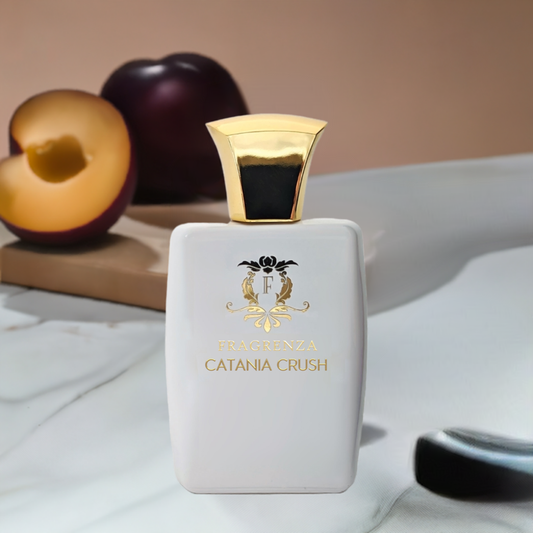
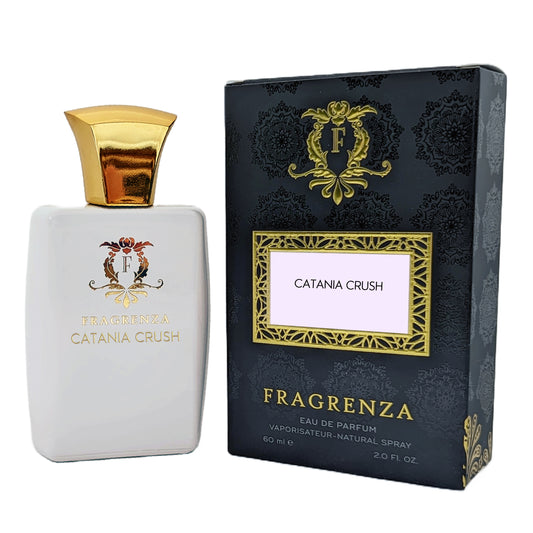 SaleCatania Crush Poison by DiorVendor:Inspired by Dior Poison dupeRegular price From $9.99Regular priceUnit price per
SaleCatania Crush Poison by DiorVendor:Inspired by Dior Poison dupeRegular price From $9.99Regular priceUnit price per$59.99Sale price From $9.99Sale - Cardamom Leather Ombré Leather by Tom FordVendor:Inspired by Tom Ford Ombré Leather cloneRegular price From $9.99Regular priceUnit price per
$69.99Sale price From $9.99Sale - Embraceable You Sensual Instinct by MontaleVendor:Inspired by Montale Sensual Instinct dossierRegular price From $9.99Regular priceUnit price per
- Viola Rame Armani Privé Bleu Turquoise by Giorgio ArmaniVendor:Inspired by Giorgio Armani Armani Privé Bleu Turquoise dupeRegular price From $9.99Regular priceUnit price per
- Rum Orchid Velvet Orchid by Tom FordVendor:Inspired by Tom Ford Velvet Orchid cloneRegular price From $9.99Regular priceUnit price per
- Pure Amour Pure Poison by DiorVendor:Inspired by Dior Pure Poison dupeRegular price From $9.99Regular priceUnit price per
$59.99Sale price From $9.99Sale - Red Jasmin Jasmin Rouge by Tom FordVendor:Inspired by Tom Ford Jasmin Rouge cloneRegular price From $9.99Regular priceUnit price per
$79.99Sale price From $9.99Sale
Ivy Fragrances
Explore our collection of ivy fragrances. Shop ivy perfumes that will captivate your senses.Industrial Glue Fragrances
Experience the invigorating scents of industrial glue fragrances. Discover the best industrial glue perfumes and immerse yourself in a refreshing aroma.Jasmine Orchid Fragrances
Indulge in the captivating jasmine orchid fragrances. Explore the best jasmine orchid perfumes and let their enchanting scents transport you.Kadam Fragrances
Discover the delightful scents of kadam fragrances. Shop best kadam perfumes online and add a touch of elegance to your fragrance collection.Jelly Fragrances
Immerse yourself in the world of jelly fragrances. Experience the best jelly perfumes for men and discover unique and captivating scents.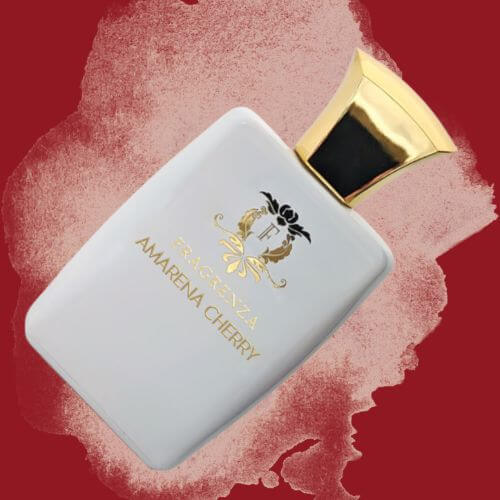
Amarena Cherry
Obsessed with cherry? If you want to really amp up the cherry scent, this Tom Ford Lost Cherry dupe will give Lost Cherry a run for its money. Black cherry, cherry syrup, and cherry liqueur all mingle together for an indulgent cherry overdose that’s complemented by notes of almond, tonka bean, Turkish rose, and jasmine sambac.
White Flowers
Jasminum grandiflorum Oleaceae
Collapsible content
Description
Strawberries and bananas The creamy scent of jasmine speaks. Igor Severyanine There are no perfumes without jasmine. This old saying related to perfume is actually quite close to the reality of the perfume world. About 80 percent of the perfumes created in the first half of the last century contained natural raw materials of jasmine. This statement is partly confirmed in an interview with Jacques Polge, who sets jasmine notes apart from others, calling them a vital part of any Chanel perfume: Jasmine Lat. Jasminum, from Persian meaning a gift from God is a genus of evergreen shrubs of the olive family Lat. Oleaceae comprising about 200 species;Close relatives of jasmine are lilac, osmanthus, olive and ash. Jasmine The most important species of jasmine in perfumery is white jasmine, also called common jasmine Lat. Jasminum officinale. In the wild, the plant can be found in the Himalayas white jasmine is the national flower of Pakistan, but it is easy to grow, which was the reason for its wide distribution across the Mediterranean in the 17th century. century. A variety of white jasmine, called royal jasmine Lat. Jasminum officinale L. var. Grandiflorum, also known as Spanish jasmine, Catalan jasmine and fragrant jasmine, is widely cultivated for the purpose of obtaining extracts for the perfumery. It is found in France, China, India, Egypt and other countries. Jasminum officinale L. var. grandiflorum Eight million hand-picked jasmine flowers about 1000 kg are needed to make 2. 3 kilograms of concrete, which in turn yields only 1 kilogram of jasmine absolute. It is estimated that 5 to 6 tons of royal jasmine absolute are produced each year. The price per kilo is around $ 15, 000 for absolutes produced in France. Absolutes produced in Italy, Egypt and Morocco cost a little less. The high cost of jasmine perfumery materials and their exceptional demand in the respective industry have prompted chemists to research the olfactory composition of jasmine. The key components of jasmine absolute were already known over 100 years ago. From the absolute, the Germans Albert Hesse and Friedrich Muller extracted benzyl alcohol 5 percent and its esters, mainly benzyl acetate 34 percent and benzyl benzoate 24 percent;linalool 8 percent, cis-jasmone 3 percent and indole 2. 5 percent, make up about three quarters of the total mass of jasmine absolute in total. In the first half of the 20th century, people discovered para-cresol, geraniol, farnesol, nerolidol, and -terpineol. However, the components then known and mentioned above did not allow to completely reconstitute the aroma of jasmine: the most important part responsible for its wonderful characteristic glow and its deep and somewhat sweet floral personality remained. unknown. In the second half of the 1950s, a team led by Edouard Demole received 5 kilos of Egyptian jasmine concrete for scientific purposes and began to research its minor components in detail. In October 1957, these scientists extracted a substance they named methyl jasmonate which typically includes about 0. 8 percent jasmine absolute. The team needed time to determine the exact structure of the substance, which in turn was verified by synthesizing a simpler, more saturated methyl jasmonate derivative that scientists called hedione. The discovery of hedione drastically changed the game in the modern perfume industry. At first, perfumers only used it in micro quantities when making jasmine accords, but today its percentage in perfumes is often a double-digit number. Hedione is one of the most important materials and deserves a separate and detailed examination. Here let me just note that, contrary to popular belief, hedione can also be found in nature, where its micro-amounts are present, for example, in the aroma of tea and orange from Sweet lima. Methyl jasmonate plays an important role in the life of plants: it is a hormone that regulates their growth and development. Methyl jasmonate is formed from linolenic acid and the structure of the compound is quite similar to that of prostaglandins, physiologically active hormone-like substances that play a vital role in the formation of pain sensation in mammals. Nonsteroidal anti-inflammatory drugs like aspirin block a specific enzyme by decreasing the production of prostaglandins, thereby inhibiting the inflammation process and decreasing pain. Quite recently, the royal jasmine monopoly has been affected by another species of jasmine called sambac jasmine Lat. Jasminum sambac or Arabian jasmine. Actually, hes from South Asia. An important difference from the absolute extracted from sambac jasmine is the much lower indole content and, on the contrary, a higher content of farnesene, as well as the presence of cis-3-hexenyl acetate leaf alcohol, which gives a green note. , and methyl anthanylate, the presence of which partially links sambac to orange blossom and tuberose. It is sambac jasmine that is normally used to flavor green tea, and a well-known Chinese folk song, Mo Li Hua, is dedicated to this same variety. The absolute production of royal jasmine replaces that of sambac jasmine in terms of production volume. The first is produced in India, China and Morocco. In Steffen Arctanders book Perfume and Flavor Materials of Natural Origin, written over five decades ago, it is not mentioned at all, but many large companies eg Firmenich, Mane, Biolandes and Robertet now offer the product. In addition to the classic jasmine absolutes, the modern market also offers its CO2 extracts SFE, but, alas, jasmine essential oil cannot be extracted. Jasmine sambac Even before the discovery of methyl jasmonate, perfumers had noticed that adding amyl cinnamic or hexyl cinnamic aldehydes to a jasmine accord considerably improves its quality, making the latter also more realistic. A modern alternative to these is gelson IFF, a strong and substantial scent that is both pure and fresh. It is located halfway between hexylcinnamic aldehyde and hedione. Among the synthetic fragrances with a note of jasmine, we often meet lactones: they have a structure close to natural jasmolactone and similar ketones, eg. fleuramone IFF. Just recently, a synthetic methyl jasmonate became available many agree that it smells better and more interesting than hedione: the year of lavish celebrations in honor of the 50th anniversary of the discovery of hedione, Firmenich made public it under the brand Splendione. There are alternatives to this one as well, such as Jasmoneige and Zeppin from Japanese company Zeon. Another class of jasmine odorants of similar structure are pyran derivatives, e. g. jasmonyl Givaudan or jasmelia IFF.
-
Our best sellers.
-
Adeline PDM Delina dupe Better Peach Tom Ford Bitter Peach dupe Chloris Gardenia Gucci Flora Gorgeous Gardenia dupe Fearless Love Kilian's Love, Don't Be Shy dupe Selvaggio Dior's Sauvage dupe Addict Noir YSL's Black Opium dupe Empress D&G's L'Imperatrice dupe Divino Bleu de Chanel dupe Lo amo J’Adore Dior dupe Pretty Girl Carolina Herrera's Good Girl dupe



